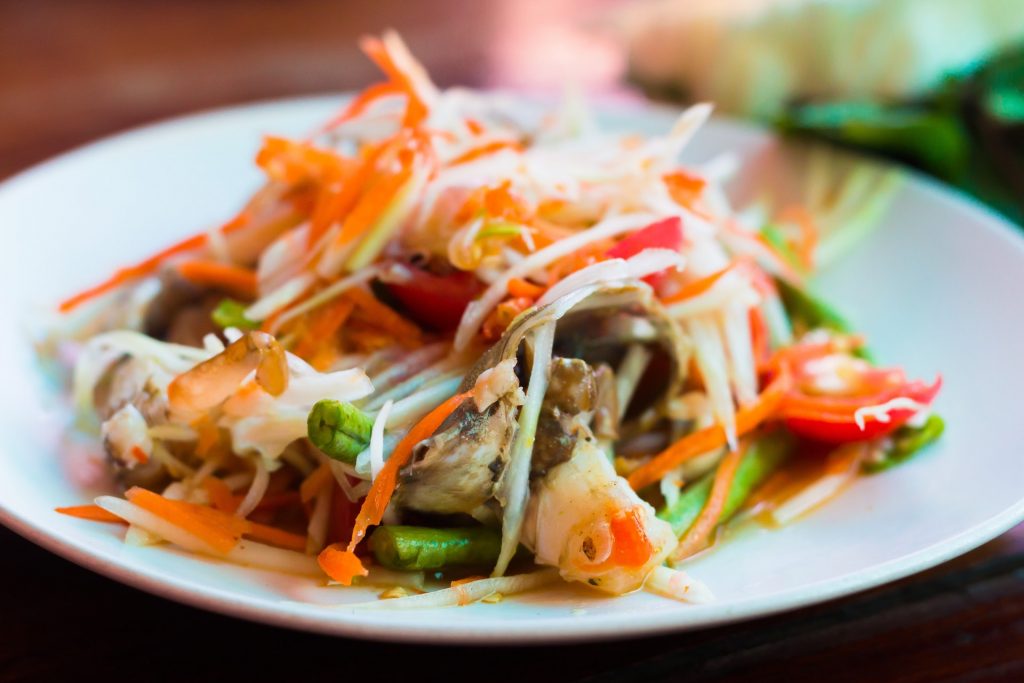Plagiarised set to no index and just used as an example

Can you pair wine with Thai food? Say you’re eating spicy duck larb, a fresh green papaya salad with chilies, fish sauce, and lime juice, plus rich pad thai with shrimp, and a green curry with eggplant. Is there a wine that will taste good with all those dishes? We asked our crew of sommeliers for advice on picking a wine that will work. Here are their top wine choices for pairing with a Thai feast.
“Riesling from Germany. Always and forever. Off-dry wines with acidity really cut the spice, and the 9% alcohol means you can chugalug!”—Patrick Cappiello (Pearl & Ash)
“Gruner Veltliner! A rich, savory Gruner like Brundlmayer 2008 ‘Lamm’ would be perfect—the ripeness and richness to the fruit will stand up to the heat while the inherent savory character of Gruner won’t compete with bold Thai flavors.”—Carlin Karr (Frasca)
“Riesling is great with Thai food, particularly wines with a bit of sweetness. Although not all Riesling is sweet, when you eat something spicy and drink something with residual sugar, the sugar goes to the background and the fruit comes forward. At Kin Shop, we love to have people try it, especially if they don’t like sweet wines, since it often changes their minds. Over the years, what I’ve found surprising is smooth, medium-full red wines are a great pairing for spicy dishes. We have a lovely merlot from Neyers that just is perfect with spicy meat dishes.”—
“A lot of aromatic and bold flavors coming from this spread of Thai dishes! Pairing wine with multiple dishes, especially when the flavors are all over the places and the protein or the preparation are not too heavy, I would always go with wines that have higher acidity naturally. Riesling, Chenin Blanc, Sauvignon Blanc, and Chardonnay (to certain extent), will be the go-to recommendations in most wine shops. In reality, though, not everyone is a fan of residual sugar in white wine. Therefore, I tend to find myself recommending white wines made from grapes that have more fruitier characters but tend to be made in dry styles, i.e. Kerner (a Riesling & Trollinger cross), Sylvaner, and Scheurebe. If you are dedicated red-only drinkers, I will go with light to medium bodied red wine with ample acidity, and no new oak regimen preferred. Schiava from Alto Adige will work really well in this case, and basic Southern Italian reds that are made in stainless steel vessels or concrete; or Pinot Noir from a cool climate, such as Germany,

Recent Comments